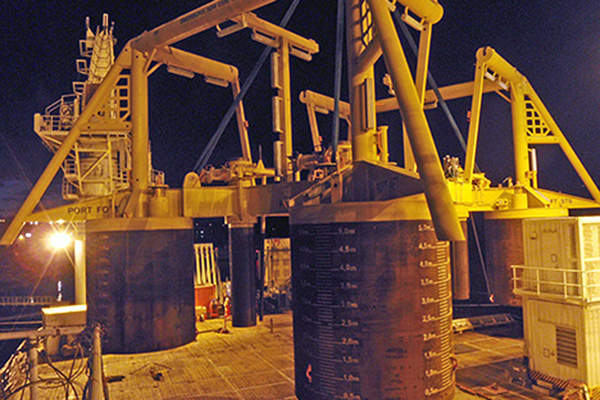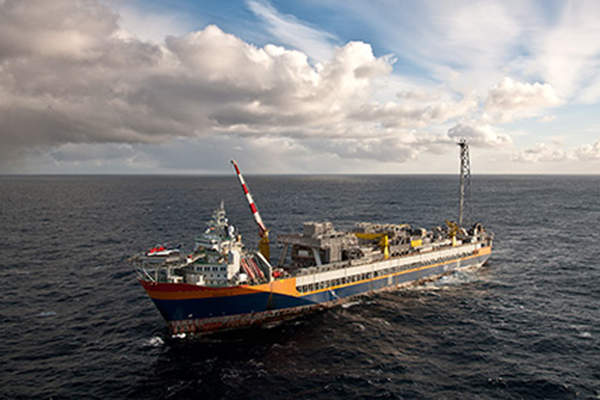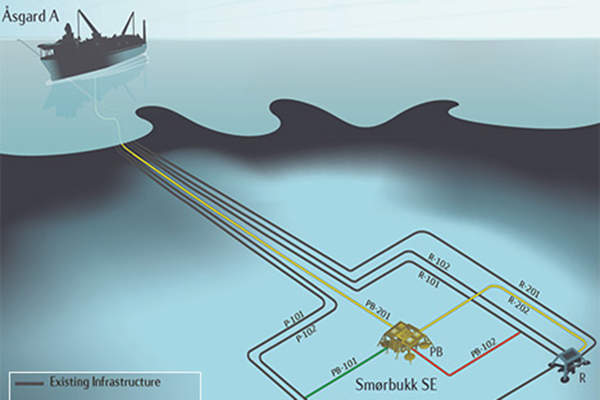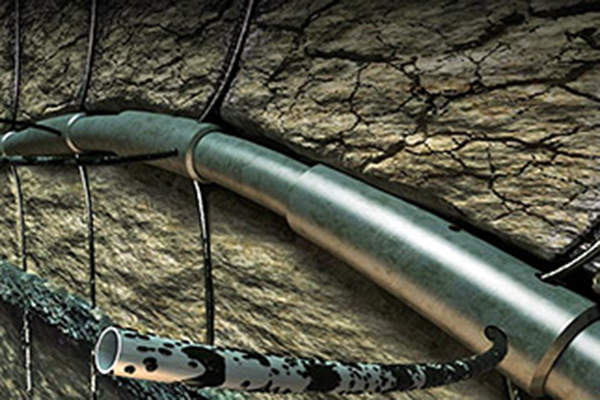The Smørbukk South Extension is an improved oil recovery (IOR) project that has been developed by Statoil with a total investment of Nkr3.5bn ($424.8m). The project was sanctioned in 2013 and first production was achieved in September 2015.
The Smørbukk South Extension is part of the Åsgard oil field, which also consists of the Smørbukk and the Midgard discoveries. The Midgard discovery lies in blocks 6507/11 and 6407/2, whereas the Smørbukk and Smørbukk South discoveries lie in block 6506/11.
The Åsgard unit is operated by Statoil (34.57%) in partnership with Petoro (35.69%), Eni Norge (14.82%), Total E&P Norge (7.68%) and ExxonMobil (7.24%).
Discovered in 1985, the Smørbukk South Extension was not economically viable to develop owing to its low permeability. The existing infrastructure at the Åsgard field has been utilised now for planning and developing the project. The development is expected to add to the production from the Åsgard A FPSO in the future. The estimated life of the field is 12 years.
Reserves and reservoir details of Smørbukk South Extension
Recoverable reserves of the field are estimated to be 16.5m barrels of oil equivalent (mboe). The field comprises tight formations and contains hydrocarbons in reservoirs having varying porosities.
Smørbukk South Extension development details
The Smørbukk South Extension has been developed using one multilateral well with two oil producing branches, a gas injection well, and a new subsea template connected to existing infrastructure with available slots for future wells.
Long, horizontal reservoir sections were drilled to access the tight reservoirs of the field. The multilateral production well was drilled to approximately a depth of 5,200m by using Deep Bergen, a semi-submersible drilling rig.
The Smørbukk South Extension was the first in the Norwegian Continental Shelf to be developed using fishbone technology that also improves productivity. A total of 150 fishbones were drilled, each measuring between 10m and 12m in length into the reservoir from the main well.
A new subsea template was installed connecting the Extension to the infrastructure at the Åsgard field. Connections to the Åsgard A FPSO were established using a new umbilical.
The recovered gas is reinjected into the reservoir to maintain the pressure during the oil extraction.
Details of Åsgard field
The Åsgard field is located on the Halten Bank in the Norwegian Sea, approximately 200km off mid-Norway and 50km south of Heidrun.
The Åsgard A platform started production on 19 May 1999, while gas production from Åsgard B platform began in October 2000.
Contractors involved with the Smørbukk South Extension project
Statoil awarded a contract worth approximately $75m to EMAS AMC for subsea engineering, procurement, construction and installation of flexible flowlines, tie-in spools, manifold and umbilical as well as associated abandonment and removal activities.
Nexans, an expert in cables and cabling systems, was selected to supply the umbilicals. A $96m contract was awarded to FMC Technologies for supplying the subsea trees, wellheads, a manifold, control systems and other associated equipment.











